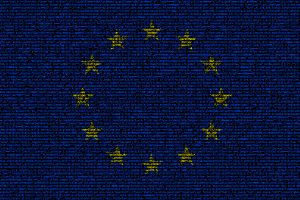Search
Operational Resilience Requirements May Be Coming for Large U.S. Banks Soon
Posted
On March 12, 2024, Acting Comptroller of the Currency Michael Hsu indicated in a speech that regulations may soon be forthcoming that would be designed to bolster larger depository institutions’ ability to withstand disruptions to their critical operations. If enacted, these regulations would require covered financial institutions (and by extension, their third-party service providers) to satisfy operational resilience requirements at a level of granularity that has previously been absent from United States financial regulations.
 Sourcing Speak
Sourcing Speak





